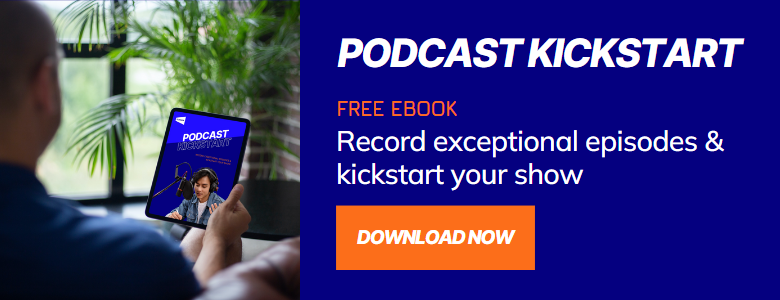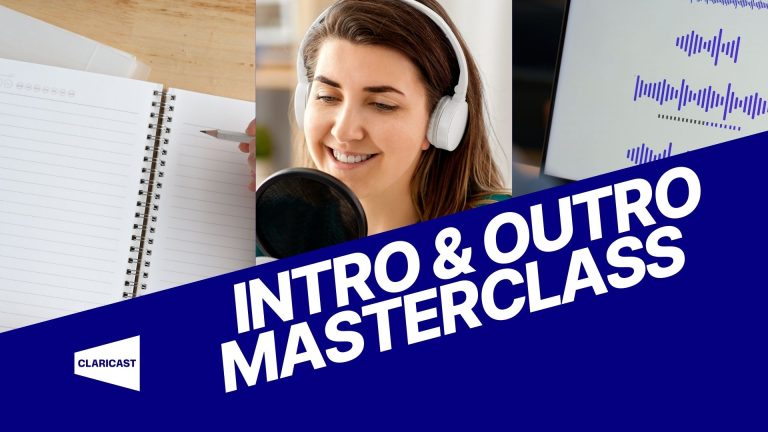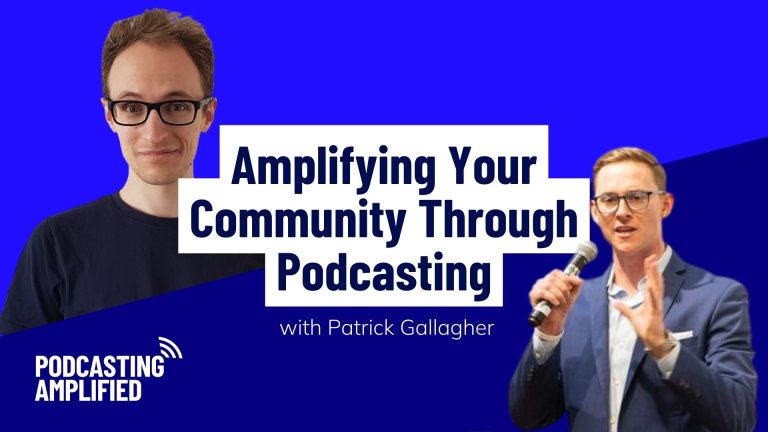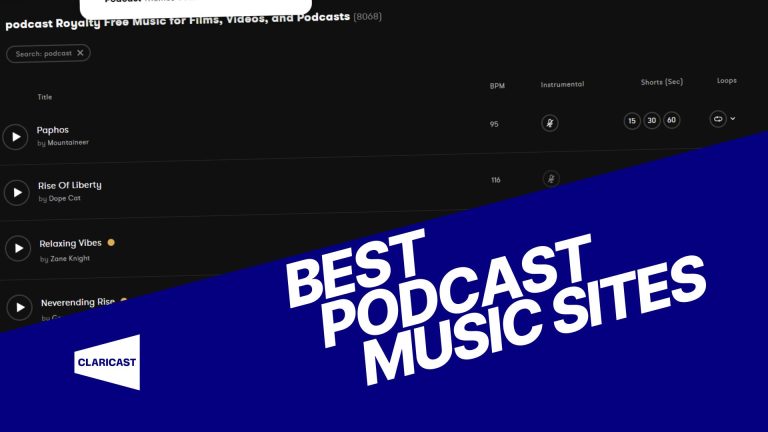USB microphones are a good choice if you want to get recording as quickly and simply as possible. And in this article, you’ll find out which is the best USB microphone for podcasting (UK based podcasters), depending on your budget and needs.
If you’re not aware, there are two main types of microphone connections that you can choose between for recording your podcast. USB connected microphones and XLR connected microphones. XLR mics need to be plugged into an audio interface before being plugged into your computer. USB microphones have all the electronics built-in, so you won’t need an audio interface.
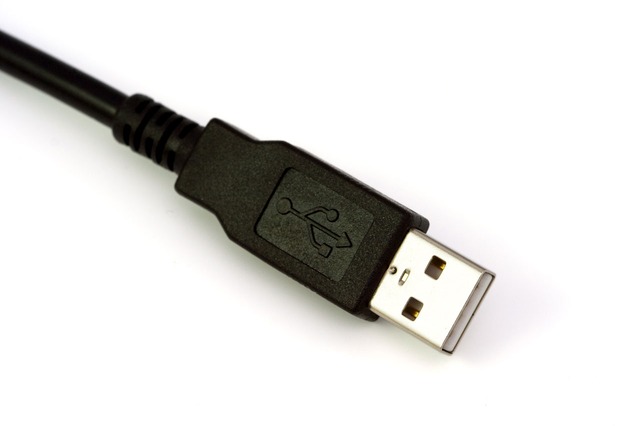
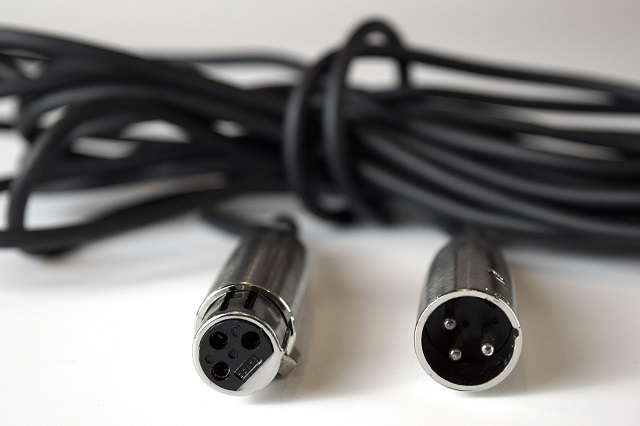
XLR mics are more flexible and with a good audio interface can get you the best quality audio. A good USB mic can still get you a great recording, though, and is more simple to set up. And it is essential to get a high-quality recording to give your listener the best experience possible.
So if a USB mic is the mic for you, check out our list of the best USB microphone for podcasting UK. This list is tailored to UK-based podcasters (in terms of prices, availability etc.) but most of these mics are available worldwide. There’s a mic here for you – whatever your budget!
This article contains affiliate links. Purchases through these links mean we get a small portion of the sales.
At A Glance
- Samson Q2U (Best budget USB microphone)
- Audio Technica AT2100x (High quality, low-cost USB mic)
- Audio-Technica AT2020 USB+ (Best, budget USB condenser microphone)
- Rode NT-USB (High-quality USB condenser microphone)
- RODE Podcaster (Fantastic broadcast quality USB microphone)
- Shure MV7 (An excellent USB microphone if money is no option)
1. Samson Q2U
Best budget USB microphone
If you’re on a small budget, the Samson Q2U is a great pick. It’s a dynamic microphone, meaning it’s very focused in terms of what sounds it picks up. Dynamic mics tend to pick up what’s directly in front of them very clearly, but not much room sound/ambient noise. Meaning you’ll be getting a warm, intimate recording. This is much more preferable to using cheap condenser microphones (which a lot of podcasters do), which tend to pick up a lot of echo and background noise.
The sound quality is really good for the price. Giving you a warm, balanced tone to your vocal recording.
The Samson Q2U also includes a stand, windscreen and cables – everything you need. Not only that but it also has a built-in XLR input. Meaning that if you want to get an audio interface in the future, the option is there. A 3.5mm headphone jack is also built into the mic for easy, latency-free monitoring of what you’re recording.
2. Audio Technica ATR2100x
High quality, low-cost USB microphone
The Audio Technica ATR2100x is another low cost, dynamic microphone. It’s normally priced slightly higher than the Samson, mainly due to the fact that Audio Technica is a more prestigious brand in professional audio.
However, the two mics perform very similarly. The ATR2100x is slightly ‘brighter’ than the Q2U. The Q2U sounds a bit more full in the low end. This useful video offers a good comparison between the two sounds.
The ATR2100x also includes an XLR input and headphone output. If you’re having trouble choosing between the ATR2100x and the Samson Q2U, have a listen to the comparison video. If you have no preference in sound, then just go for whichever one is cheaper.
3. Audio-Technica AT2020USB+
Best, budget USB condenser microphone
The Audio-Technica AT2020USB+ is a condenser mic. As mentioned, this means it’ll be picking up more room sound/reverb/echo. If your room is acoustically treated or sounds good naturally, a condenser mic might be a good option for you. It does mean you’ll get some more freedom of movement while retaining a crystal clear recording.
The AT2020USB+ sounds great. It’s a robust mic from a reliable manufacturer and includes most of the functionality that you’d expect. It includes a headphone jack and volume dial. It also includes a mix knob to allow you to blend between the incoming mic signal and your computer audio, which can be useful when recording with a backing track or another speaker.
It’s quite a bright-sounding mic and will get you a quality recording. A small stand and mount are also included, although I would recommend using a shock mount and boom arm to avoid desk vibrations and to improve the positioning of the mic.
The AT2020USB+ does cost more than the XLR version of the AT2020. It is still reasonably priced for a quality USB mic though and is preferable to the similarly priced Yeti Nano.
4. Rode NT-USB
High-quality USB condenser microphone
For the second condenser mic on the list, we have the RODE NT-USB. A high quality, well-designed condenser mic with similar functionality to the AT2020USB+. A headphone jack is included with a mix control knob to blend between your computer audio and mic recording.
A sleek desk mount is included with this mic as well. A tailored pop filter is also included with the NT-USB, which is fantastic as this is an essential piece of equipment that you would need to buy separately with most of the other mics on this list.
In terms of sound, RODE doesn’t disappoint. You can expect a clear, full-bodied tone. In my opinion, it sounds better straight out of the box for dialogue than the AT2020USB+ does. But the price tag is a bit higher. And do remember that your room does have more of an effect on the recording when using a condenser mic over a dynamic mic.
5. RODE Podcaster
Fantastic broadcast-quality USB microphone
The RODE Podcaster is unsurprisingly well kitted out for podcasting. It’s another dynamic microphone that can only output to USB. It does include the standard 3.5mm headphone jack and volume control, though.
As with most RODE mics, the Podcaster sounds great too. And while I do prefer the sound of the XLR connected RODE Procaster, you’ll still be getting an excellent sounding vocal recording with the Podcaster, right out of the box.
A ring mount is included with the mic. But while there is some internal shock mounting, I do recommend using an external shock mount to prevent the mic from picking up desk taps and the like. If you’re looking to invest a bit more money into your mic, the Podcaster is a solid choice.
6. Shure MV7
An excellent USB microphone if money is no option
The Shure MV7 is the most expensive microphone on this list, but it’s for good reason. The MV7 is seemingly modelled after the Shure SM7B. A legendary mic from Shure that you’ll find in most professional studios. And while the MV7 doesn’t quite have the versatility and functionality of the SM7B, it’s cheaper and is still an excellent alternative for those who want to stick to USB.
As with most of the other mics on the list, the MV7 does also include a built-in XLR connector and a headphone jack, giving you options if you decide to ditch the USB in the future. The built-in mount also helps to position the mic correctly.
The mic sounds lovely out of the box. And will get you a great podcast recording. There are a bunch of EQ and ‘tone’ options though, that you can apply to the mic by using the included MOTIV app. Basic compressor and limiter settings are also provided. These settings allow you to tailor the sound to your liking. This is especially useful if you’re recording live, or to make the mixing process easier.
Audio quality is paramount in achieving a professional result for you podcast, and your choice of microphone is one of the biggest pieces of that puzzle. Let us know what you think in the comments below and comment with which mic you’ve gone for!


